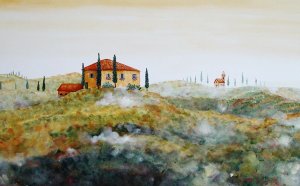Fechin Paintings
Share this Post
Related posts
Travel Paint Set
DECEMBER 19, 2025
Whether hiking the countryside, scaling a mountain, prospecting an ocean panorama, or taking in an urban landscape, watercolor…
Read MoreTuscany Landscape Paintings
DECEMBER 19, 2025
Italian Landscape Paintings - Impressionist Art Painting of Tuscany
Read More





